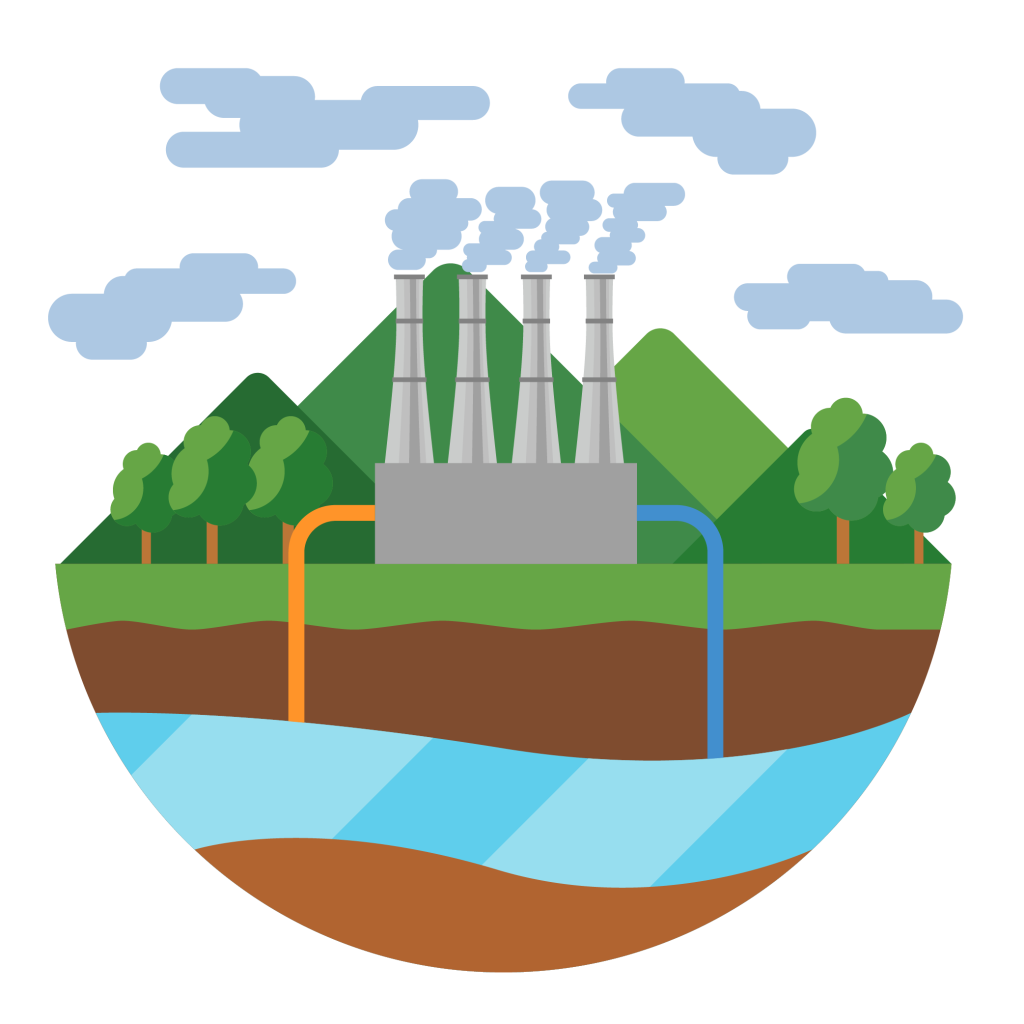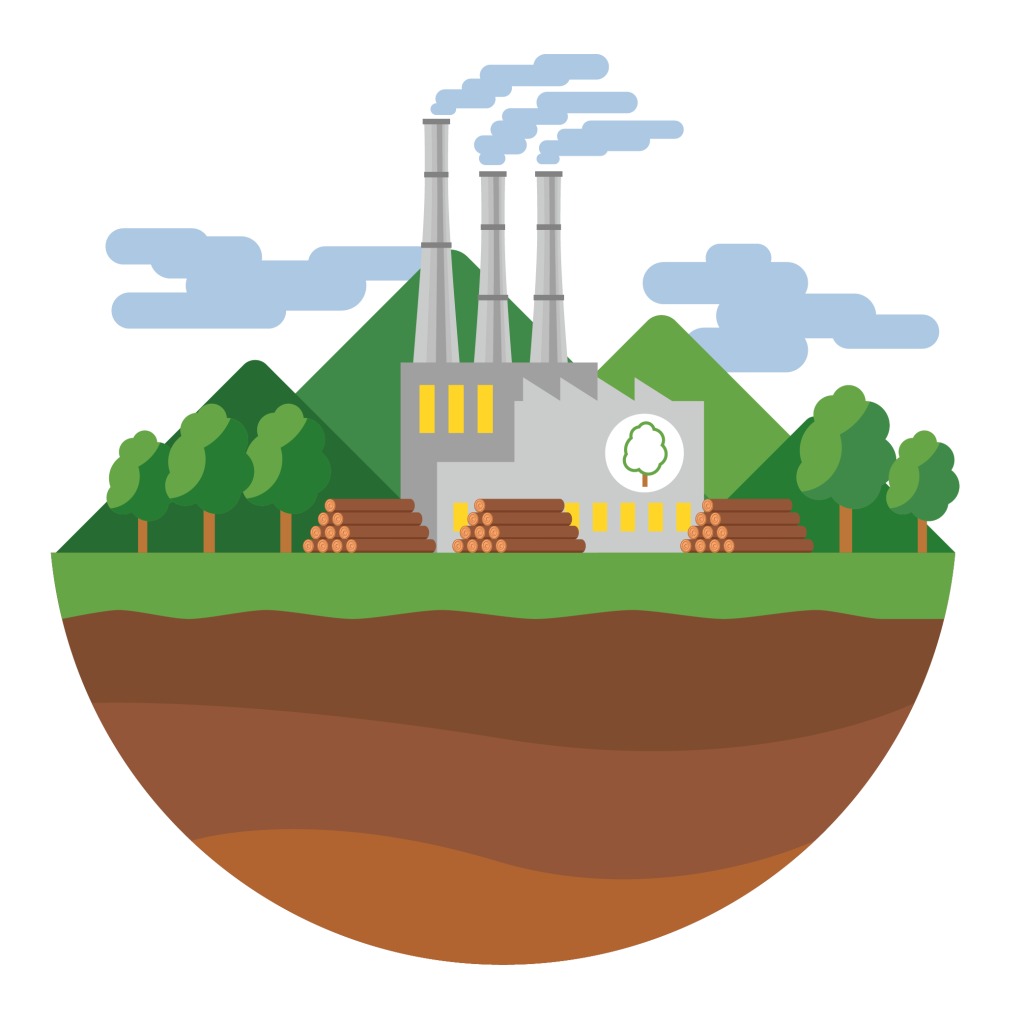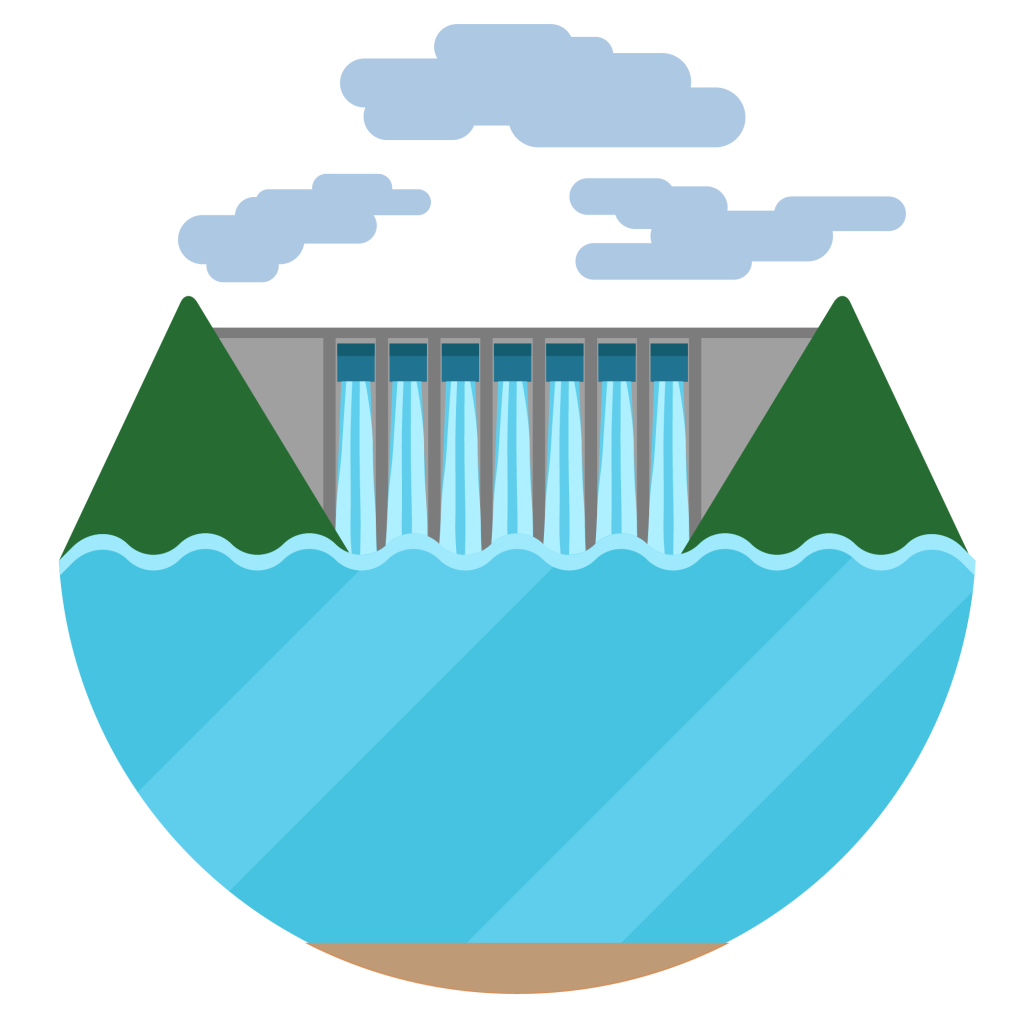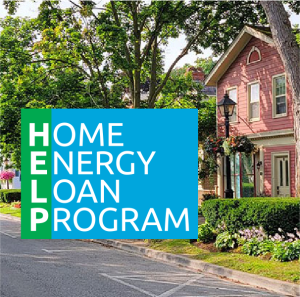Renewable resources, also known as clean energy sources, are becoming increasingly vital in our quest for a sustainable future.
From solar and wind power to hydropower and geothermal energy, these resources offer a promising alternative to traditional fossil fuels. As the global demand for energy continues to rise and concerns about climate change grow, the importance of harnessing renewable resources has never been more apparent. In this article, we will explore the various types of renewable resources.
Solar Energy
Solar energy is a renewable energy that harnesses the power of sunlight to generate electricity. Photovoltaic (PV) panels convert sunlight into electricity through the photovoltaic effect, while solar thermal systems use sunlight to heat water or air for residential or commercial use. Solar energy is abundant, clean, and sustainable, making it a popular choice for homeowners, businesses, and governments looking to reduce their carbon footprint and energy costs.
By investing in solar energy systems, individuals can not only save money in the long run but also contribute to a greener and more sustainable future.

Advantages of solar energy include its renewable nature, abundant availability, and minimal environmental impact. Solar energy is a sustainable and clean source of power that can help reduce greenhouse gas emissions and dependence on fossil fuels. Additionally, solar panels require minimal maintenance and can be installed on rooftops or in open spaces, making them versatile and accessible.
disadvantages of solar energy include the initial high cost of installation and the intermittent nature of sunlight. The upfront investment in solar panels and equipment can be a barrier for some homeowners or businesses, although long-term savings on energy bills can offset this cost. Additionally, solar power generation is dependent on sunlight, which means that energy production may fluctuate based on weather conditions and time of day.
For more information about advantages & disadvantages of solar energy click here.
Wind Energy
Wind energy is another renewable resources that utilizes the power of wind to generate electricity. Wind turbines convert the kinetic energy of the wind into mechanical power, which is then converted into electricity through a generator.
Wind energy is a clean and abundant resource that can be harnessed in various locations, both onshore and offshore. Wind farms have become increasingly common around the world, providing a reliable source of electricity while reducing greenhouse gas emissions and dependence on fossil fuels. By tapping into the power of the wind, countries can diversify their energy sources and move towards a more sustainable energy future.

Advantages of Wind Energy:
- Clean and Renewable:
Wind energy is a clean and renewable resources that does not produce greenhouse gas emissions or air pollutants.
- Cost-Effective: Once a wind turbine is installed, the operational costs are relatively low, making wind energy a cost-effective option for electricity generation.
- Job Creation:
The wind energy industry creates jobs in manufacturing, installation, maintenance, and operation of wind turbines.
Disadvantages of Wind Energy:
- Intermittent:
Wind energy is intermittent and dependent on wind speed, which can lead to fluctuations in electricity generation.
- danger:
Wind turbines can pose a danger to bats and birds as they may not always be able to judge the speed of the rotating blades, leading to collisions.
- Initial Costs:
The initial investment in wind energy infrastructure, such as wind turbines and transmission lines, can be high.
Geothermal Energy
Geothermal energy is a renewable energy source that harnesses the heat stored beneath the Earth’s surface to generate electricity or provide heating and cooling for buildings. This sustainable energy option utilizes the natural heat from the Earth’s core, which is constantly replenished through geological processes.
Geothermal energy is considered a clean and reliable source of power, with minimal environmental impact compared to traditional fossil fuel-based energy sources. By tapping into the Earth’s natural heat, geothermal energy offers a sustainable solution for meeting energy needs while reducing greenhouse gas emissions.

Advantages of Geothermal Energy:
- Renewable and Sustainable:
Geothermal energy is a renewable resource that can be continuously replenished by the Earth’s heat.
- Low Emissions:
Geothermal energy produces minimal greenhouse gas emissions, making it a cleaner alternative to fossil fuels.
- Cost-Effective:
Geothermal energy can provide long-term cost savings on energy bills due to its stable and consistent source of power.
Disadvantages of Geothermal Energy:
- Location Specific:
Geothermal energy resources are limited to areas with suitable geological conditions, restricting its widespread availability.
- High Initial Costs:
The upfront costs of drilling and installing geothermal power plants can be expensive, making it less accessible for some regions.
- Limited Lifetime:
Geothermal reservoirs can deplete over time, requiring careful management to ensure long-term sustainability.
Biomass Energy
Biomass energy is a renewable energy source derived from organic materials such as wood, crop residues, and animal waste. This type of energy is generated through the combustion or decomposition of biomass, releasing heat that can be used for heating, electricity generation, or fuel production.
Biomass energy is considered renewable because the organic materials used to produce it can be replenished through sustainable practices such as reforestation and crop rotation. By utilizing biomass energy, we can reduce our reliance on fossil fuels and decrease greenhouse gas emissions, making it an environmentally friendly alternative for meeting our energy needs.

Advantages of Biomass Energy:
- Renewable:
Biomass energy is derived from organic materials such as plants and waste, making it a sustainable and renewable energy source.
- Carbon Neutral: When burned, biomass releases carbon dioxide, but this is offset by the carbon absorbed by the plants during their growth, making it a carbon-neutral energy option.
- Waste Reduction:
Biomass energy can help reduce waste by utilizing organic materials that would otherwise be disposed of in landfills.
- Versatile:
Biomass can be used in various forms, including wood pellets, agricultural residues, and biofuels, making it a versatile energy source.
Disadvantages of Biomass Energy:
- Emissions:
While biomass is considered carbon-neutral, the combustion of biomass can still release pollutants and greenhouse gasses into the atmosphere.
- Land Use:
Large-scale biomass production may require significant land use, potentially leading to deforestation or competition with food crops.
- Transportation Costs:
Biomass materials often need to be transported to processing facilities, which can increase costs and energy consumption.
- Efficiency:
Biomass energy conversion processes may not be as efficient as other renewable energy sources, leading to lower overall energy output.
Hydroelectric Energy
Hydroelectric energy, a renewable energy source, utilizes the power of flowing water to generate electricity. This process involves capturing the kinetic energy of water as it flows downstream and converting it into electrical energy through turbines connected to generators.
Hydroelectric power plants can vary in size, from large-scale dams that supply electricity to entire regions to smaller installations that serve local communities. One of the key advantages of hydroelectric energy is its reliability and consistency, as water flow can be controlled to meet fluctuating energy demands. Additionally, hydroelectric power is considered a clean energy source, producing minimal greenhouse gas emissions compared to fossil fuel-based power generation.
Overall, hydroelectric energy plays a significant role in the global transition towards sustainable and environmentally friendly power generation.

Advantages of Hydroelectric Energy:
- Renewable and Sustainable:
Hydroelectric energy is a renewable energy source that relies on the natural water cycle, making it a sustainable option for electricity generation.
- Low Operating Costs:
Once a hydroelectric power plant is constructed, the operating costs are relatively low compared to other energy sources.
- Reliable and Flexible:
Hydroelectric power plants can quickly adjust their output to meet changing electricity demands, providing a reliable source of energy.
- Reduced Greenhouse Gas Emissions:
Hydroelectric energy produces minimal greenhouse gas emissions, making it a cleaner alternative to fossil fuels.
Disadvantages of Hydroelectric Energy:
- Environmental Impact:
The construction of dams and reservoirs for hydroelectric power plants can have significant environmental impacts, including habitat disruption and altered water flow patterns.
- High Upfront Costs:
The initial investment required to build a hydroelectric power plant can be substantial, making it a less feasible option for some regions.
- Limited Location Options:
Hydroelectric power plants require specific geographical conditions, such as access to flowing water, limiting their potential locations.
- Risk of Drought:
In regions prone to drought, hydroelectric power generation may be affected by reduced water availability, impacting electricity production.
In conclusion, the exploration of renewable energy sources highlights the vast potential for sustainable and environmentally friendly power generation. From solar and wind energy to hydroelectric and geothermal power, the diverse range of renewable energy options offers a promising path towards reducing our reliance on fossil fuels and mitigating the impact of climate change.
By investing in and promoting the development of renewable energy technologies, we can pave the way for a cleaner, greener future for generations to come.
As we continue to prioritize the transition to renewable energy sources, it is essential to recognize the importance of innovation, collaboration, and policy support in driving the adoption of sustainable energy solutions.
By embracing renewable energy on a global scale and implementing effective strategies for its integration into our energy systems, we can work towards a more resilient and sustainable energy future that benefits both the planet and its inhabitants.















